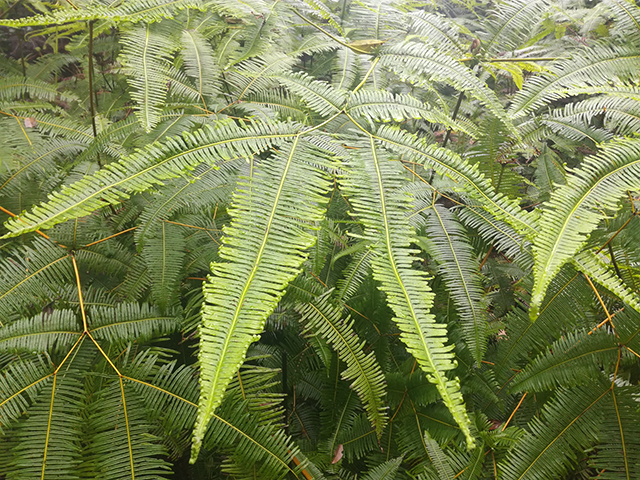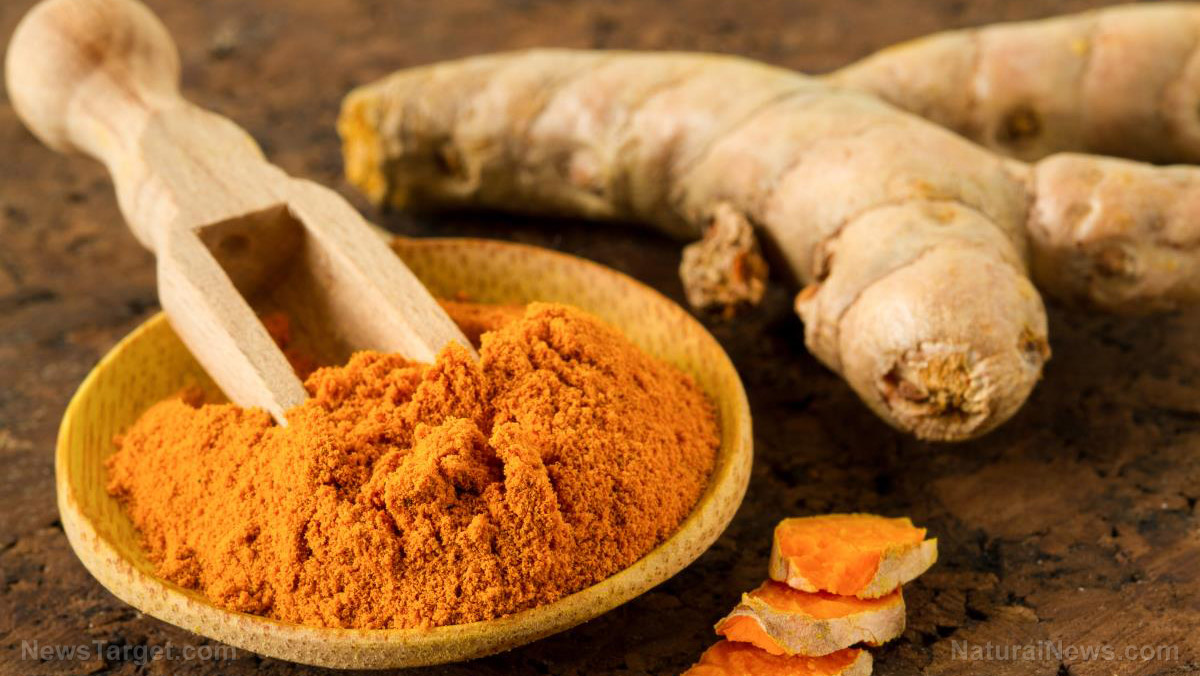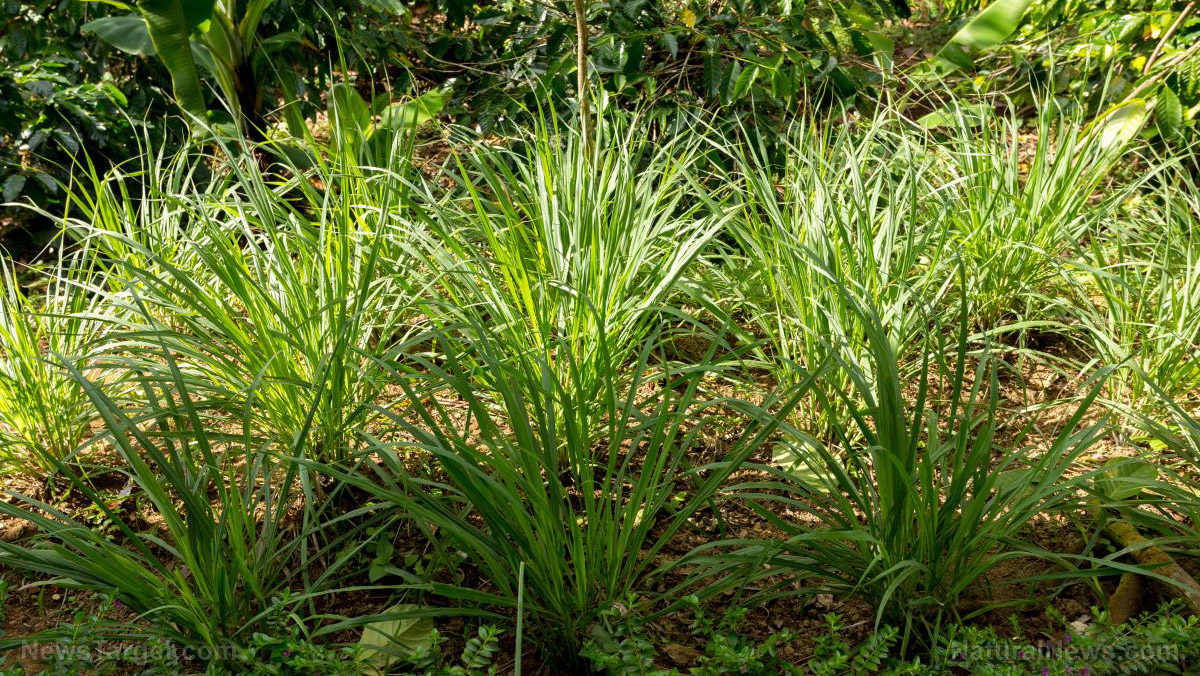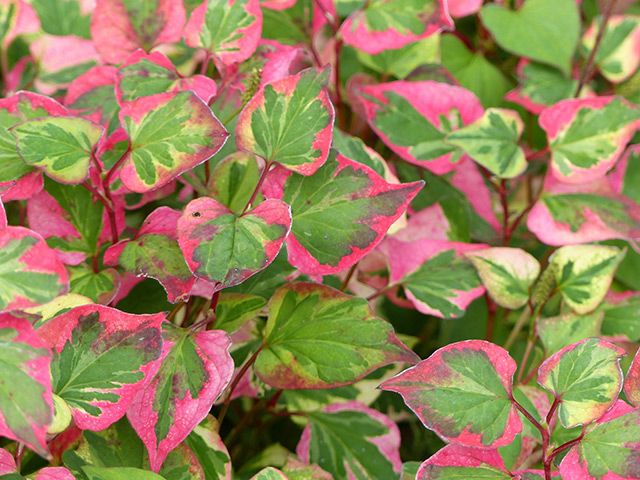A popular East Asian herb could hold the key to preventing and treating diabetes
07/17/2018 / By Michelle Simmons

Winged prickly ash (Zanthoxylum armatum), a well-known medicinal herb in East Asia, can be used to prevent and treat diabetes, according to a study published in the journal BMC Complementary and Alternative Medicine. The study, conducted by a group of researchers at COMSATS University and The Islamia University of Bahawalpur in Pakistan, assessed the antidiabetic and biochemical effects of winged prickly ash extracts in mice.
For the study, the research group collected the extracts of winged prickly ash from its fruit, bark, and leaf and tested them for their alpha-glucosidase inhibition activity. Alpha-glucosidase is a key enzyme in digesting carbohydrates and converting them into simple sugars such as glucose. Alpha-glucosidase inhibitors delay the absorption of glucose.
The researchers induced diabetes in mice by injecting alloxan monohydrate. They then gave the animals an antidiabetic drug called glibenclamide at a dose of 10 milligrams per kilogram (mg/kg) or winged prickly ash fruit, bark, or leaf extracts at a dose of 500 mg/kg for a period of 15 days.
Results revealed that the winged prickly ash leaf and bark extracts exhibited the most powerful alpha-glucosidase inhibition activity. Moreover, all the winged prickly ash extracts substantially decreased fasting blood glucose levels in the mice, with the leaf extract exhibiting the most powerful effect. This effect proved the hypoglycemic nature of the extracts.
In addition, the winged prickly ash treatments greatly improved the mice’s blood hemoglobin, cholesterol, and triglycerides, as well as urea and creatinine, which are indicators of impaired renal function. The extracts also reduced the low-density lipoprotein (LDL) level in diabetic mice, indicating a hypolipidemic effect.
100% organic essential oil sets now available�for your home and personal care, including Rosemary, Oregano, Eucalyptus, Tea Tree, Clary Sage and more, all 100% organic and laboratory tested for safety. A multitude of uses, from stress reduction to topical first aid. See the complete listing here, and help support this news site.�
Based on the findings of the study, the research group concluded that the extracts of winged prickly ash contain significant antidiabetic properties. Therefore, they can be used in treating and preventing diabetes.
More on diabetes and how to prevent it
In order to prevent diabetes, you need to know its risk factors, which include the following:
- A family history of diabetes
- Being 45 years old and older
- Being overweight or obese
- Having too much visceral fat
- High blood pressure
- High triglyceride level
- Impaired glucose tolerance
- Low high-density lipoprotein (HDL) cholesterol
- Metabolic syndrome
- Polycystic ovarian syndrome
Although having one of these risk factors does not necessarily mean that you have diabetes, it is still important to take extra preventive measures. Following a healthy diet rich in fruits, vegetables, whole grains, and healthy fats, engaging in physical activity for at least 30 minutes every day, maintaining a healthy weight, and keeping your blood pressure and cholesterol levels in check are some of the best ways to prevent or lower your risk of diabetes. (Related: Type 2 diabetes can be avoided with the right kind of diet – do you know which one?)
Several natural substances can also help you minimize your risk of diabetes. These include the following:
- Vitamin D – According to a study of more than 80,00 women, a combined daily intake of more than 800 International Unit (IU) of vitamin D and over 1,200 mg of calcium was associated with a 33 percent lower risk of type 2 diabetes. This was in comparison to a combined daily intake of less than 400 IU of vitamin D and less than 600 mg of calcium.
- Tea – In a 2009 review of studies with more than 300,000 participants in total, researchers found that drinking more than four cups of tea every day may lower the risk of type 2 diabetes. Other studies also suggest that green tea might help prevent diabetes, while black tea may help in diabetes management.
- Cinnamon – In a 2009 study, it was found that consuming cinnamon regularly could attenuate risk factors associated with diabetes and cardiovascular disease.
Read more news stories and studies on how to treat diabetes naturally by going to DiabetesScienceNews.com.
Sources include:
Tagged Under: alpha-glucosidase inhibition, antidiabetic, biochemical parameters, blood glucose, blood sugar, diabetes, diabetes treatments, food as medicine, food cures, Herbs, natural cures, natural medicine, prevention, Zanthoxylum armatum, α-glucosidase inhibition


















